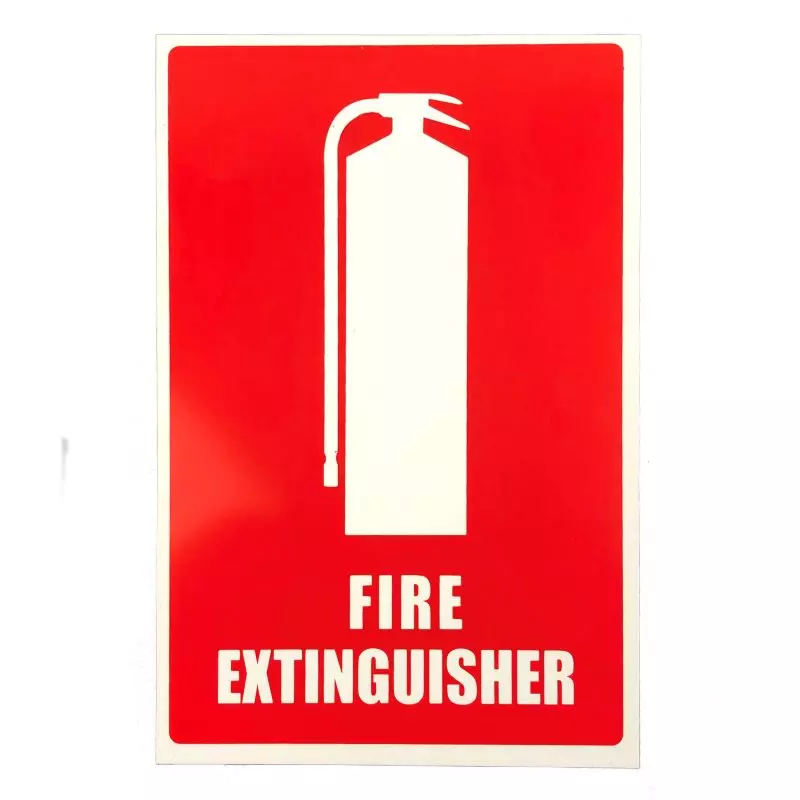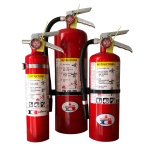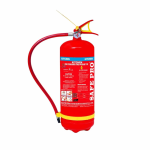Fire safety is a critical concern for homes and businesses alike. Class A fire extinguishers, specifically designed for ordinary combustible materials such as wood, paper, and cloth, are essential tools in any fire safety plan. Understanding how to choose the right Class A fire extinguisher can make a significant difference in effectively managing a fire emergency. This guide will discuss key factors to consider when selecting the appropriate Class A extinguisher for your needs.
Understanding Class A Fires
What Constitutes a Class A Fire?
Class A fires involve common combustible materials, including wood, paper, plastics, and textiles. These fires can originate from various sources, such as electrical malfunctions, cooking accidents, or careless disposal of smoking materials. Recognizing the types of materials that contribute to Class A fires is vital for effective fire prevention and extinguishing.
Class A fire extinguishers are specifically designed to combat fires caused by these ordinary combustibles, making it crucial to have the proper unit readily available. By understanding the nature of Class A fires, you’ll be better prepared to choose an extinguisher that will meet your specific needs.
Common Locations for Class A Fires
Class A fires can occur in a variety of settings, such as homes, offices, schools, and manufacturing facilities. In residential areas, fires could spark from common household items like furniture, books, or decorations. In commercial environments, warehouses and workshops often house flammable materials.
When selecting a Class A fire extinguisher, consider where you’ll need it most. Identifying high-risk areas can help you determine how many extinguishers to purchase and their suitable placements.
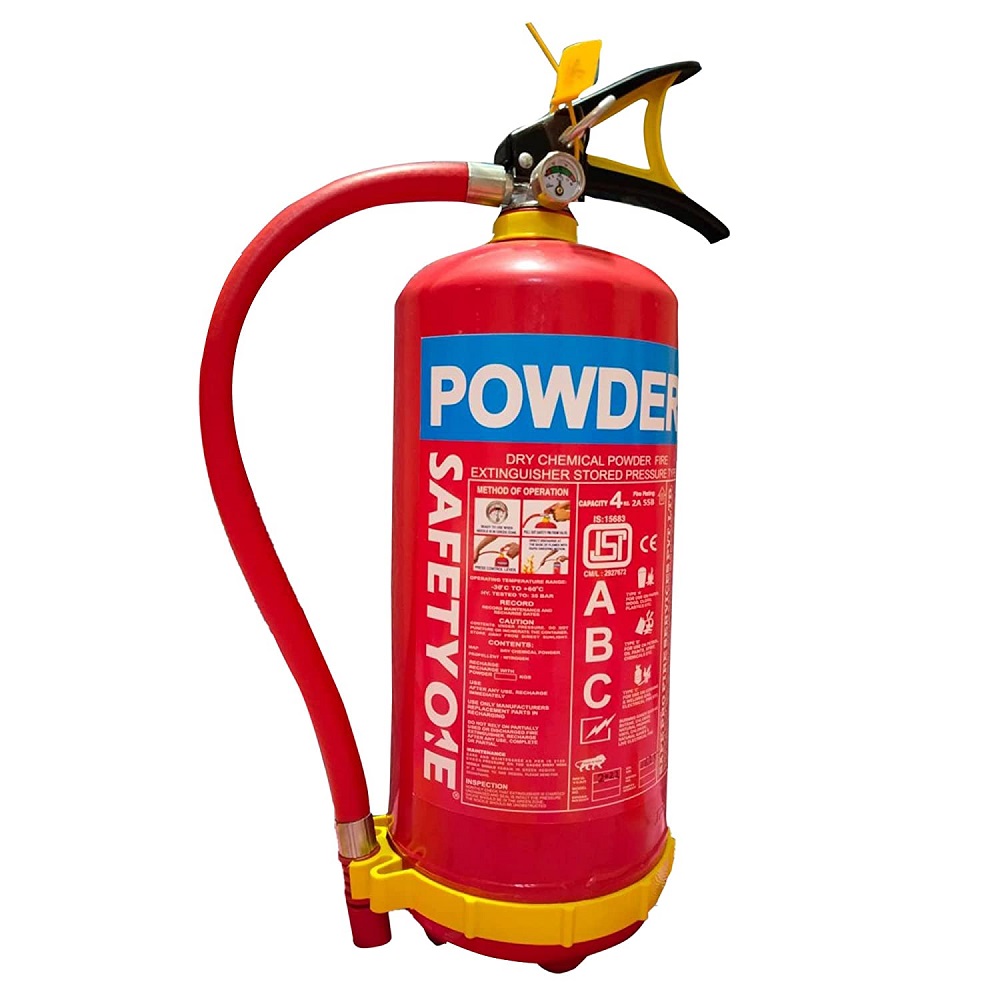
Evaluating Fire Extinguisher Ratings
Understanding Ratings Explained
Fire extinguishers are assigned ratings to indicate their effectiveness against various types of fires. Class A extinguishers use a numerical rating system ranging from 1 to 40. The higher the number, the greater the extinguisher’s capacity to fight larger fires. For example, a 2A-rated extinguisher can extinguish a fire that would otherwise take up to two gallons of water to control.
Familiarizing yourself with these ratings is essential for making an informed decision. If you’re considering an extinguisher for a specific location, ensure it has an appropriate rating for your needs.
Choosing the Right Rating for Your Setting
When determining the right extinguisher rating, evaluate the potential fire hazards in your environment. For residential use, a minimal rating of 2A is typically sufficient for small homes. In larger buildings or businesses, opting for a higher-rated extinguisher (such as 10A or 20A) may be necessary to ensure you can handle larger fires effectively.
Assess factors like room size, occupancy levels, and types of materials present when selecting an appropriate rating. Understanding your environment will enable you to make an informed choice that optimally protects your space.
Selecting the Suitable Type of Extinguisher
Water-Based Extinguishers
When it comes to Class A fire extinguishers, water-based models are the most common. These extinguishers discharge water to cool and extinguish fires involving ordinary combustibles. They are effective for Class A fires but should never be used on electrical or flammable liquid fires.
Water extinguishers can be useful in various settings, especially in homes or areas where ordinary combustibles are prevalent. Keep in mind that water-based extinguishers have limitations; while they are straightforward to use, they may lack effectiveness on certain fire types.
Foam and Dry Chemical Options
Foam extinguishers are another viable option. They work by creating a barrier between the fuel source and the oxygen, effectively smothering the fire. Foam extinguishers can be particularly useful for Class A fires involving flammable liquids, offering versatility in handling various fire types.
Dry chemical extinguishers also have their place. While they primarily work on Class B and C fires, many are rated for Class A use as well. They contain a chemical powder that interrupts the combustion process, making them suitable for various fires, including those from electrical equipment. Selecting an extinguisher with multiple ratings provides additional safety.
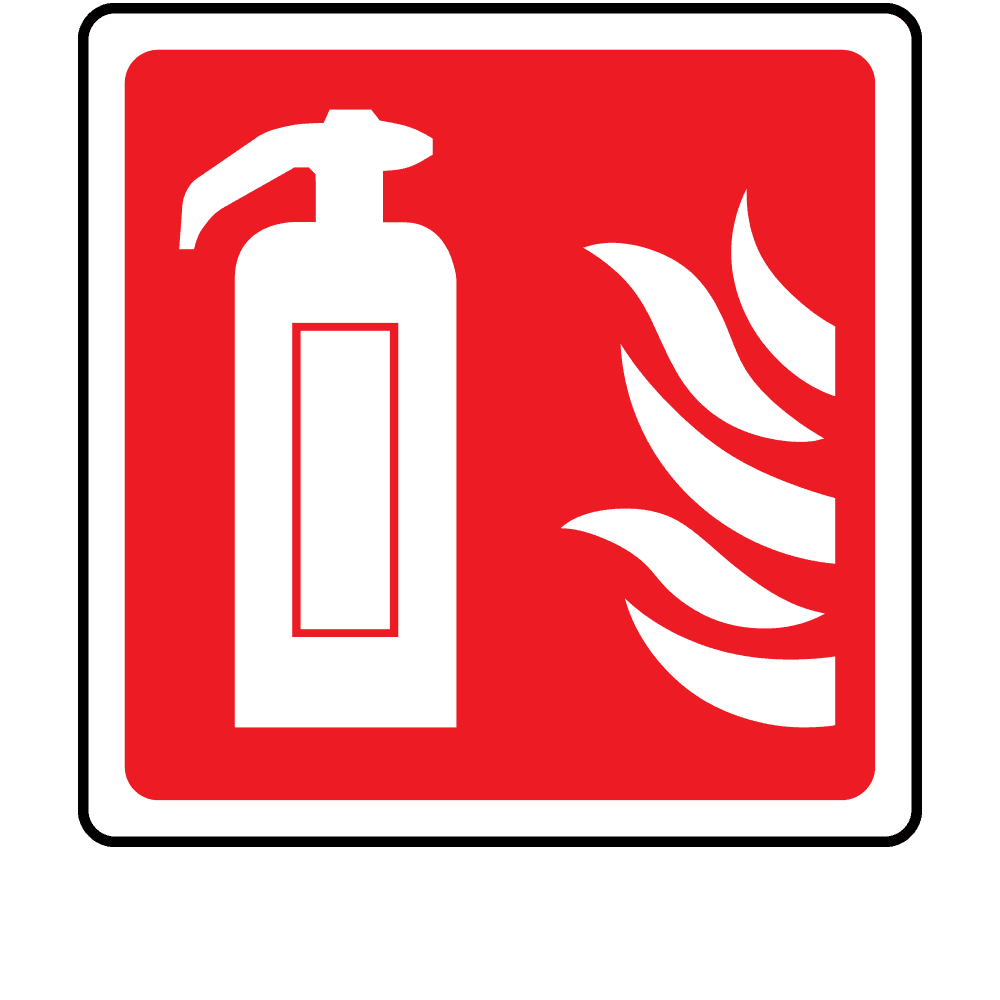
Size and Capacity Considerations
Determining the Appropriate Size
The size of your extinguisher is a critical aspect to consider. Extinguishers come in various sizes, typically ranging from portable models weighing under 10 pounds to larger units designed to be mounted on walls. Your choice should depend on your specific needs and the intended location.
For residential use, a portable 5-pound extinguisher can be adequate for small kitchen or living room fires. However, in commercial settings, larger units may be necessary to tackle heavier fire risks effectively.
Balancing Weight and Usability
While larger extinguishers can hold more extinguishing agents and are effective for bigger fires, they also come with increased weight. It’s essential to consider who will be using the extinguisher. If children or elderly individuals may need to operate it, choosing a lighter model can enhance usability.
Always consider the balance between capacity and ease of use. An ideal extinguisher should be manageable while still providing sufficient power to handle potential fires.
Installation and Maintenance Needs
Finding the Right Location for Installation
For a fire extinguisher to be effective, it must be easily accessible during an emergency. Choose installation locations that are visible and within reach but away from any potential fire hazards. Consider placing extinguishers near exits or high-risk areas, such as kitchens or workshops.
Mounting the extinguisher at a height that aligns with user capabilities is vital. A common recommendation is to install extinguishers around 3 to 5 feet off the ground. This ensures easy access for adults while remaining out of reach of small children.
Regular Maintenance Checks
Periodic maintenance is crucial to ensuring your extinguisher functions correctly. Regularly check the extinguisher for signs of damage, corrosion, or pressure loss. Most extinguishers come with a pressure gauge, allowing you to monitor their readiness easily.
Follow the manufacturer’s guidelines regarding inspections, and consider scheduling professional checks annually. This proactive maintenance ensures that your Class A fire extinguisher is always in top condition and ready to use when needed.
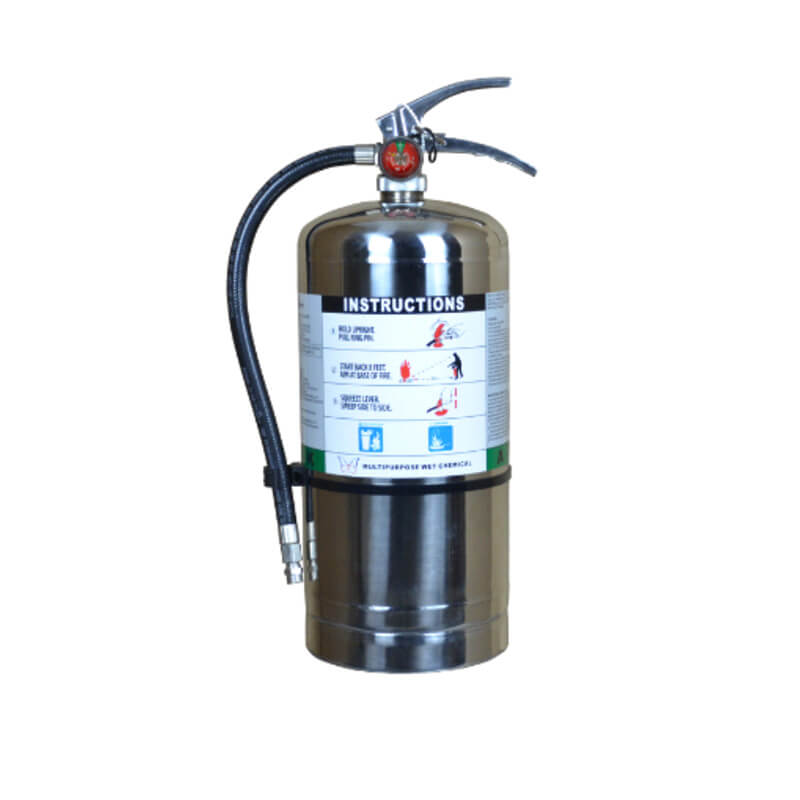
Compliance and Certification
Understanding Local Regulations
Familiarizing yourself with fire safety regulations in your area is necessary for compliance. Local laws may dictate specific requirements for fire extinguishers in residential and commercial properties. Knowing these regulations can help you select the appropriate extinguishers and avoid legal issues.
Fire safety codes can vary significantly, so consult your local fire department or building authority for specific guidelines. This understanding will empower you to make informed decisions that enhance both safety and compliance.
Ensuring Certification and Quality
When selecting a Class A fire extinguisher, check for certification marks like UL (Underwriters Laboratories) or FM Global. These marks indicate that the extinguisher meets specific safety standards, ensuring reliability and effectiveness.
Prioritize products from reputable manufacturers that provide documentation of testing and compliance with safety regulations. Investing in certified products minimizes risks in emergencies and guarantees optimal performance.
Training and Education
Understanding How to Use a Class A Fire Extinguisher
Having the right fire extinguisher is only half the battle; knowing how to use it effectively is equally important. Familiarize yourself with the acronym PASS—Pull, Aim, Squeeze, and Sweep. This mnemonic simplifies the operation of any fire extinguisher, ensuring quick and efficient action.
Consider conducting fire extinguisher training sessions for your household or employees. Familiarizing everyone with the process will empower them to act competently in an emergency.
Recognizing Additional Safety Measures
While a Class A fire extinguisher is essential, don’t overlook the importance of additional fire safety measures. Installing smoke detectors, creating an escape plan, and educating everyone on fire safety can all contribute to a safer environment.
Regularly review and practice your emergency plan. Conduct fire drills, and ensure that everyone knows where the extinguishers are located. This preparation can save lives and minimize damage in the event of a fire.
Your Path to Fire Safety with Class A Extinguishers
Choosing the right Class A fire extinguisher for your needs involves understanding fire classes, evaluating ratings, and selecting the appropriate type based on your environment. By considering size options, installation locations, and compliance regulations, you can ensure that you are well-prepared to handle potential fire emergencies effectively.
Incorporating regular training, maintenance checks, and a culture of awareness can heighten the overall effectiveness of your fire safety measures. With the right knowledge and tools, you can create a safer home or workplace, giving you peace of mind against potential fire risks. Prioritize fire safety today, and ensure the well-being of everyone around you.
